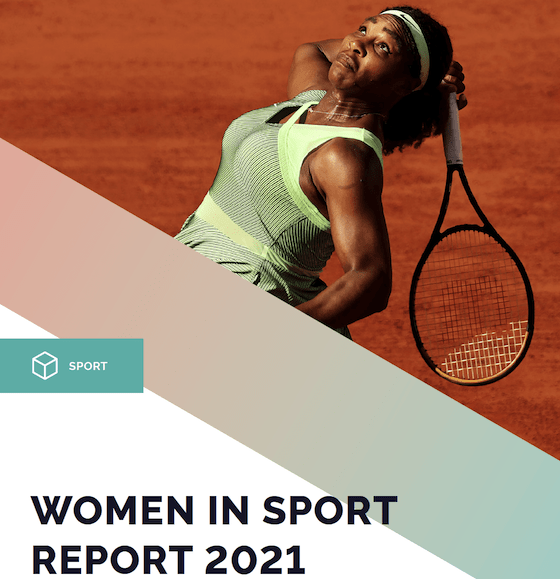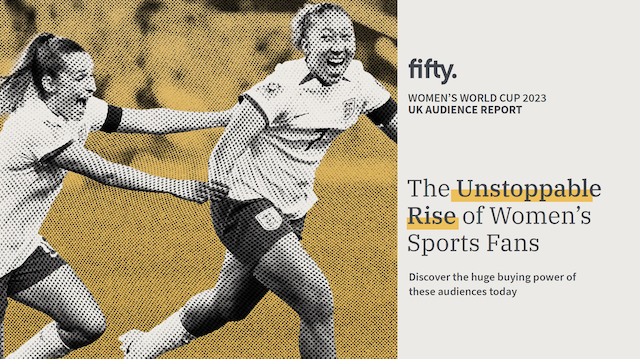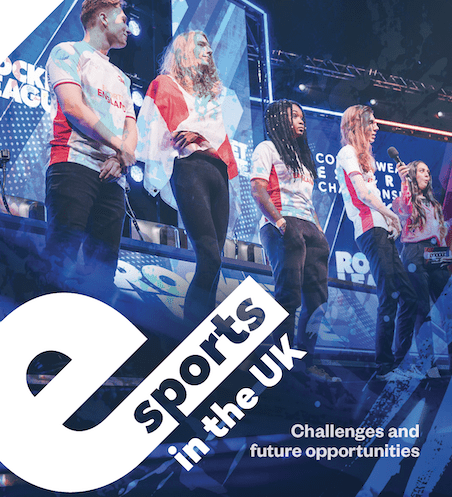The growth in women’s sport and what it means for marketers report 2021 explores how women’s sport is perceived around the globe – with the aim of giving marketers an inside track on identifying where the greatest value lies.
The core of the paper draws on research from 13 markets around the world, based on inputs from over 15 million consumers worldwide. Markets covered include Australia, Canada, China, France, Germany, India, Italy, Japan, Mexico, Spain, United Arab Emirates (UAE), UK, and the United States (US).
Key questions addressed include:
- How popular is women’s sport?
- What attracts its followers; and what keeps people away?
- Whether, how, and by how much people perceive that women’s sport is treated inequitably?
- Which women’s sports, leagues and stars get most cut-through?
- Whether people think that women’s sport is on the up?
The key takeouts from the research are:
- Overall, the global public is almost twice as likely to watch men’s sports as women’s and men are more likely to watch women’s professional sport than women.
- Men’s sport was more popular than women’s in all 13 of the core markets polled.
- ’Supply-side’ issues are the main factors in deterring consumers from engaging in women’s sport – including low levels of media coverage, a lack of marketing and a lack of information or knowledge around women’s sport. In fact, people say they would watch more women’s sport if there were more of it on TV. 12% of this cohort are those who currently do not consume women’s sport, a figure that’s highest in the USA (26%) and UK (24%).
- The speed, quality and physicality of women’s sport is much less likely to be cited as a factor for not engaging.
- The factors people believe drive engagement in women’s sport include watching major international women’s events, playing sport as a youngster, having a child who plays sport and being introduced to a team, league or player by a peer.
- Around the world, a majority of people – men and women – perceive inequality in a number of areas of women’s pro sport, including in media coverage, pay, sponsorship and investment by governing bodies.
- Globally, soccer is the most-followed women’s pro sport, followed by badminton, basketball and tennis.
- Serena Williams is the highest profile currently active athlete in women’s sport, with Naomi Osaka in second place. Simone Biles is the highest-place non-tennis player, and Megan Rapinoe the highest-placed soccer/football player.
- The FIFA Women’s World Cup is women’s sport’s biggest draw. The WTA Tour comes next, with the WNBA in third.
- Globally, a majority of consumers see progress when it comes to women’s pro sport – in quality, in coverage, in ease of following and availability of news.
- Women are much more likely to favour a brand that sponsors women’s professional sport than a brand that partners with men’s.
Click here to read the growth in women’s sport and what it means for marketers report 2021.
If you’re looking for advice from a sports agency, Strive Sponsorship can help. Contact us for sports, gaming, and esports strategy, sponsorship, commercial, content, operations, investment, and communications consultancy services.














